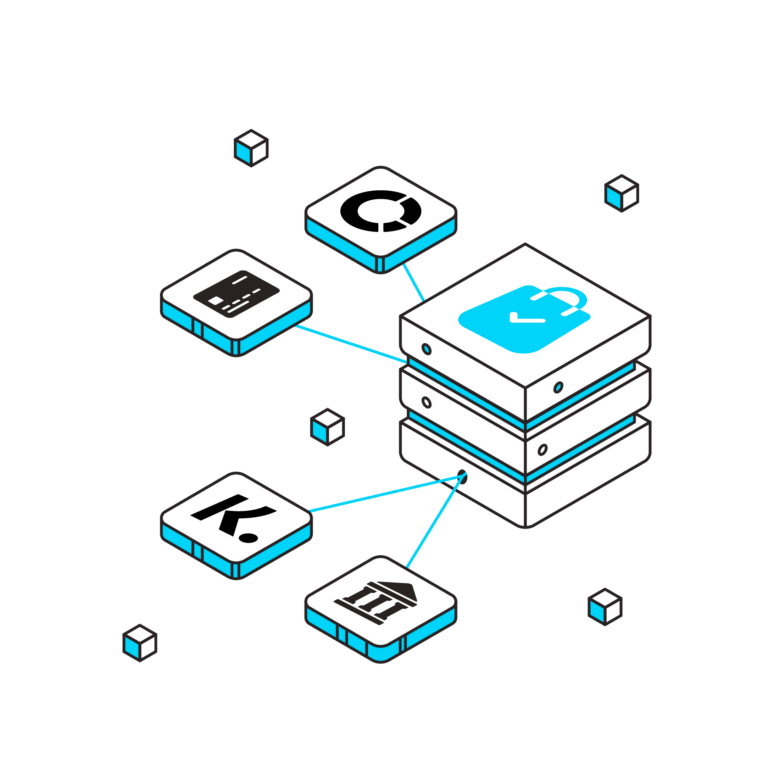Retail Payment Trends 2024
The world of payments is constantly changing, driven by advancing technology, changing consumer habits and regulatory developments. These dynamics have left their mark on the development of the payments sector, where new trends are emerging as follows.





